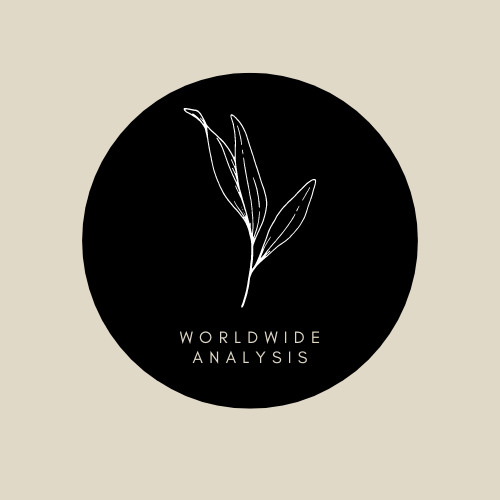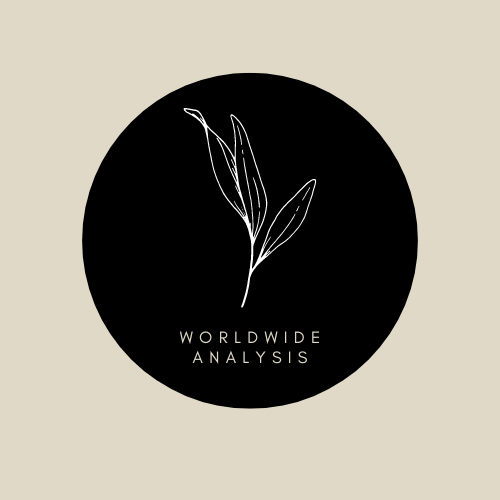The size of the machine condition monitoring equipment market was USD 2,773 million in 2022, and the figure is set to rise at a CAGR of 7.50% in the duration of 2022–2030 and reach USD 4,946 million by the end of this decade, as per P&S Intelligence.
For better asset management and to improve productivity, companies these days are focusing more on condition surveillance. The purpose of this equipment is to strategize maintenance and other tasks, in order to avoid malfunctions and ensure better usage of resources.
The usage of wireless technology in machine condition monitoring equipment is considered the major growth factor. The features of wireless devices include almost the same efficiency with reduced cost in comparison to wired devices. This has allowed remote monitoring of machines and helps in saving transportation costs to and from offshore facilities.
In 2022, the vibration monitoring category had the largest market share at 29%. This can be credited to the snowballing need for these machines in critical operations, including chemical and manufacturing that are prone to faults.
Companies in the machine condition monitoring equipment market have amplified their expenditure on equipment, continuously being monitored, including steam turbines, boiler feed pumps, and gearboxes for cooling and gas. So as to improve the dependability and protection of data, users possibly will enhance their usage of such systems.
The reason behind the larger market share can be also, the rising requirement to detect wear and tear, misalignments, and imbalances. The growing usage of vibration monitoring is vital in providing data regarding detection of flaws at an early stage. The decrease in integration, operational, and maintenance complexity has amplified the demand for such services.
To guard refrigeration and cooling systems against uncleanness and failure, lubrication characteristics within compressors required to be done. The existence of minuscule toxins can cause a system failure. So, refrigeration and HVAC fluid study programs and oil condition monitoring allow the operator to understand the condition of the machine or service needs, safe operating ranges, and lubrication and enable to schedule low-cost maintenance.
By the end of the decade, The APAC industry is projected to advance at a highest CAGR of 6.9%, mainly because of increasing acceptance of planned maintenance technology, rapid industrialization, and rising pressure to provide operational effectiveness in the region.
Manufacturing units are being established in Asian countries because of the developing emigration of production bases, specifically in Japan, India, and China, due to the availability of labor at a lower cost.
Hence, for better asset management and to improve productivity, companies these days are focusing more on condition surveillance. The purpose of this equipment is to strategize maintenance and other tasks and many companies are increasing their dependency on these solutions, and such factors will drive this market in the future as well.



